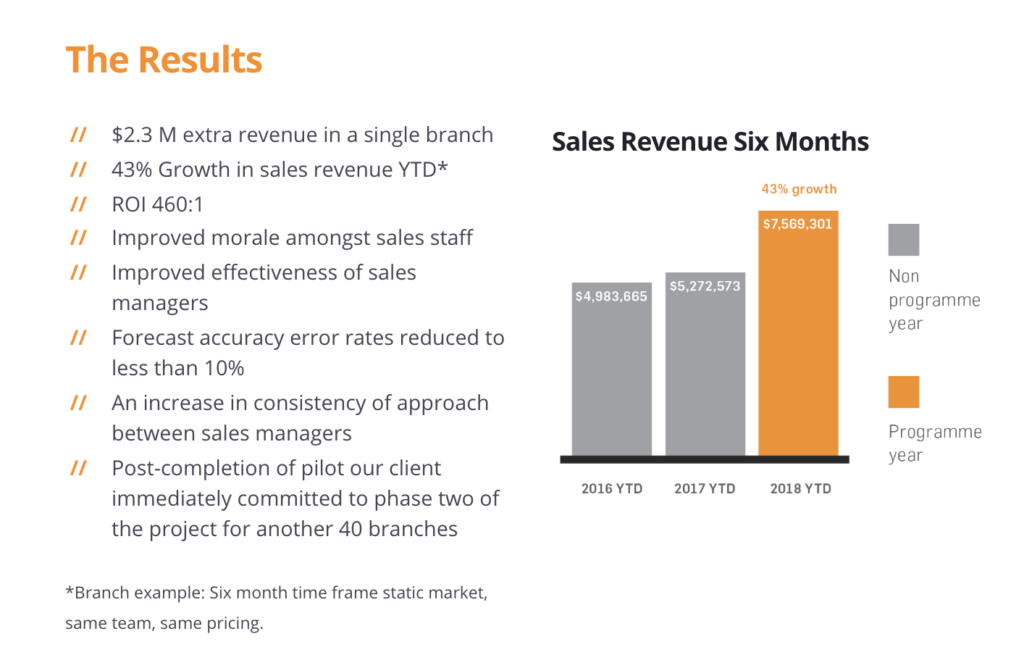In the last six months, I have had several conversations with clients in various industries about the challenges of developing sales assessment across diverse global teams with strong local cultures.
Coming from a military background, the challenge of applying organisational standards is something I have had to get used to. Surely you just tell everyone how things should be done, keep regularly reminding the new processes, and people get in line?
Surprisingly, the real world does not work that way. While some organisations have great success in setting robust and effective competencies and standards, others struggle for years to achieve this and some never get there.
So what is it that makes this so challenging, and what can be done to smooth the long road to the elusive “Global Standards”?

Well here are some of the things we hear time and again when working with clients at the top of their sales organisations:
- “ABC approach won’t work for XYZ market”
- “They have their own legacy systems, and they work, so why would they change?”
- “We have had so many new initiatives in the last two years, there is just no appetite for more”
All of these represent real challenges faced by sales managers and people development teams worldwide, but they are also open to challenge. At IW our experience has shown that global standards in sales can deliver great results in teams with different markets, methods and customers.

The Global Standard of Global Standards
In trying to capture what factors have contributed to these successes, I have distilled the Interactive Workshops Global Standard of Global Standards (patent pending):
- Valid: The process, the tools and the dimensions measured must have “face validity”. A busy sales person must be able to scan a one page document and think, ‘yeah, ok, that makes sense’. When building competency models, assessment tools, development pathways and certification programs, this clarity is often the first thing to go.
- Valued: People at all levels need to want what you are offering. A sales person must see how investing time in the process will help them hit their target. A national sales manager must see how the process will help them hit their target. A regional or global sales director must see how the process will help them hit their target. Sales people are measured on their results, so guess what, they are motivated by things that will help them hit their target.
- Very Very Simple: It is far too easy to overcomplicate things. At the conceptual design phase, the desire to please all the challengers mentioned above is the number one cause of failing to achieve the three (or four) Vs. We apply the rule: As simple as possible, but no simpler than that.
This is the real challenge, and the one which is most critical to success. Because guess what… If the process being offered isn’t as simple as it can be, it will not be seen as valid, or valuable. As a growing global agency, we are constantly evolving our models, methods and our approaches to sales, but keeping a clear focus on simple principles that deliver results keeps us growing and keeps our people engaged with how we do things, and looking for ways to keep driving improvement.
